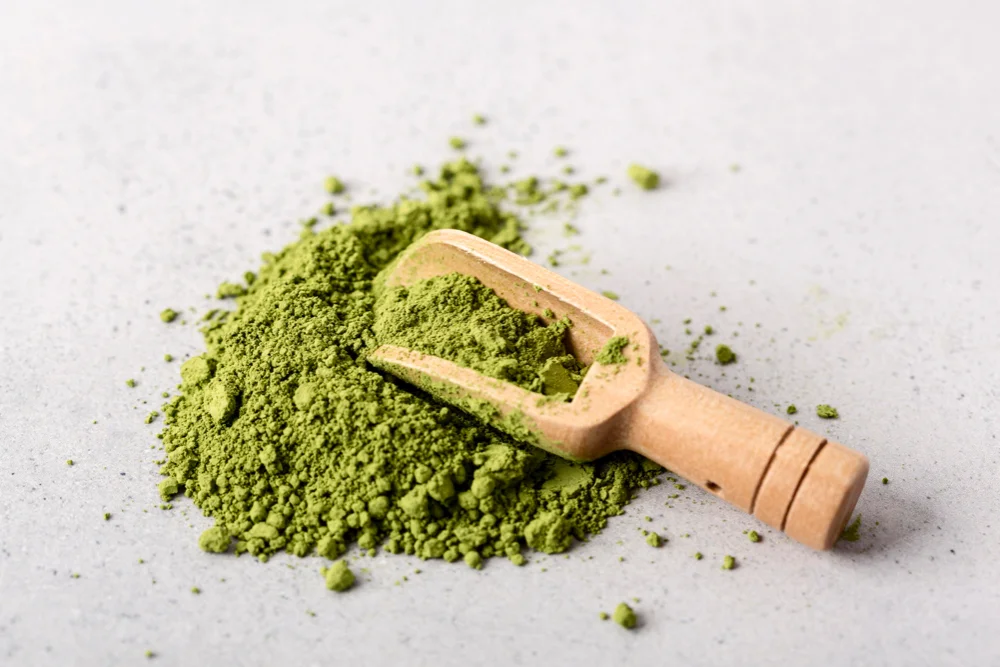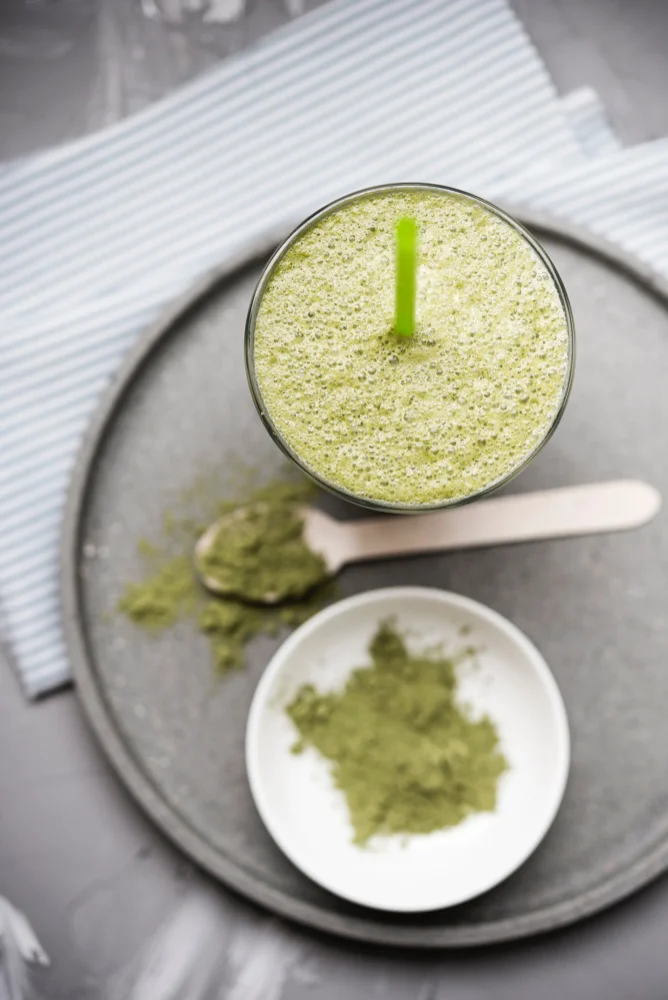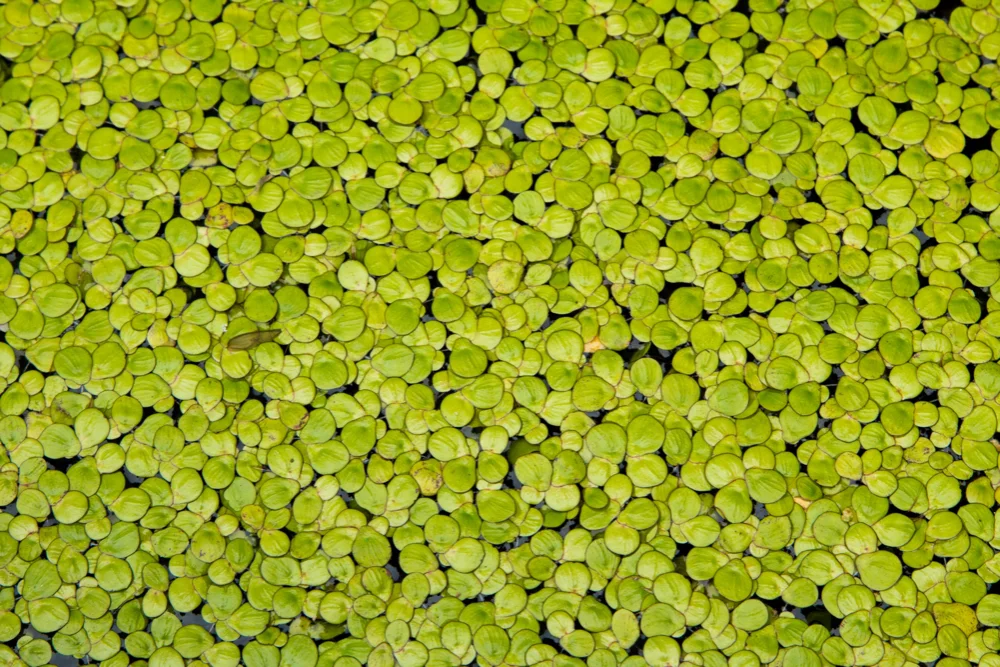Duckweed: A promising ingredient in a health-conscious market
The demand for functional ingredients has increased significantly, as consumers are increasingly aware of their health benefits. With obesity problems on the rise, this rapidly growing market is projected to reach $167.5 billion by 2030. The food industry is responding to this challenge by exploring new alternatives for ingredient design that can meet consumer demands. Among the emerging options is duckweed, an aquatic plant of the Lemnaceae family with 37 species in five genera divided into two groups: Lemnoideae (Spirodela, Landoltia and Lemna) and Wolffioideae (Wolffiella and Wolffia).
Duckweed is globally distributed, being able to tolerate a wide range of pH (3.0 to 10.5) and temperatures from 5 to 30° C, doubling its biomass in 96 hours. Depending on the genera, duckweed contains 3.4 to 9.0% lipids, 17.6 to 35.0% carbohydrates, 21.5 to 41.7% protein, 3.5 to 26.0% minerals and abundant phytochemical compounds. These characteristics make it a plant ingredient with great potential to be incorporated into food formulations.
Why the nutritional lipid profile of duckweed stands out

Duckweed (Lemnaceae) contains 25.07 to 46.23% saturated fatty acids, 3.77 to 5.65% monounsaturated fatty acids, and 48.12 to 71.16% polyunsaturated fatty acids. Among the latter, linoleic acid (omega 6) constitutes 10.59 to 25.42% and alpha-linolenic acid (omega 3) 32.40 to 48.60%. Omega-3 and omega-6 essential fatty acids are associated with human development and growth, as they can improve the immune system, intervene in the production of hormones, support neuron function, and reduce cholesterol levels. They are also attributed antioxidant, antidiabetic, and anticancer properties. In food formulations, lipids contribute to texture, juiciness, color, and flavor, and act as emulsifiers and solvents for lipophilic compounds.
High quality and affordable protein source
The protein content of duckweed ranges from 21.5 to 41.7% depending on the species. Its proteins contain all the essential amino acids for proper body function, making it comparable to or higher than the FAO’s recommended intake of amino acids for adults. Duckweed’s tryptophan, threonine, lysine, and phenylalanine content is higher than that of proteins found in cereals, legumes, and eggs. Therefore, it can be an alternative to meet the population’s protein needs, and because it is low-cost, it can become a mass-consumed protein like eggs.
A concentrated source of fiber and essential minerals

The carbohydrates present in duckweed are polymers such as cellulose
The carbohydrates present in duckweed are polymers such as cellulose (13 to 17%), hemicellulose (29%), and pectin (20-54%) to give structure to duckweed. In the food industry, these carbohydrates have several applications as gelling agents, thickeners, texturizers, moisture reducers, and prebiotics in dairy products.
In addition to the aforementioned macronutrients, duckweed is also rich in minerals and vitamins, containing 3.97-9.37 (g/100 g) of potassium, 1.22-3.25 (g/100 g) of calcium, 1.21-2.13 (g/100 g) of phosphorus, 0.01-0.07 (g/100 g) of sodium, and 190-460 (mg/100 g) of magnesium. These minerals are involved in the formation of bones and blood cells, development of the nervous system, hormone production, and organ activity. In addition, lentils also contain vitamins A (77,900 IU), C (94 mg/100 g), E (45.7 mg/100 g), and B complex (7 mg/100 g) necessary for cell function, growth, and development.
Conclusion
Duckweed is an easy-to-grow aquatic plant with a wide growth temperature range (5 to 30 °C). Its cultivation, more space-efficient than livestock farming, is also economical and sustainable, reaching its optimum density after 96 hours. Its nutrient content, especially protein, is highly significant, giving duckweed great potential for use as an ingredient in various food alternatives. Its complete nutritional profile positions it as the ingredient of the future.
For more details on this interesting research, read the complete paper by Mirón-Mérida V.A., Soria-Hernández C., Richards-Chávez A., Ochoa-García J.C., Rodríguez-López J.L. and Chuck-Hernández C. (2024). The Effect of Ultrasound on the Extraction and Functionality of Proteins from Duckweed (Lemna minor). Molecules, 29, 1122. https://doi.org/10.3390/molecules29051122


